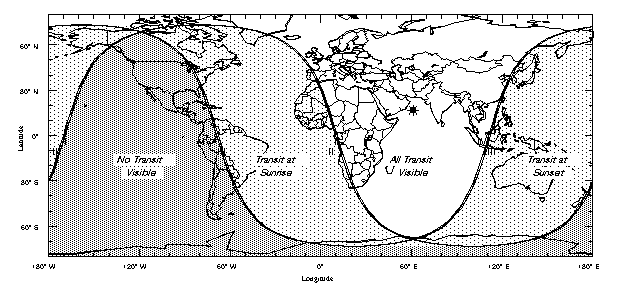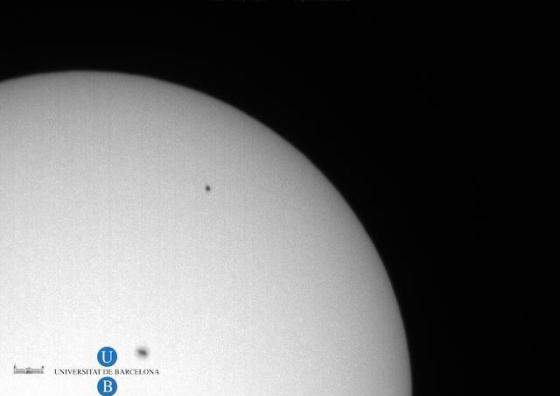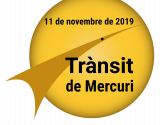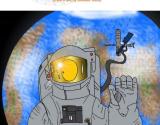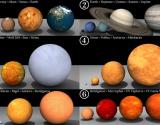The figure below shows the position of Mercury during the transit in 15 minute intervals. North in the image represents the celestial North Pole direction. Geocentric contacts refer to an observer located at the center of the Earth.
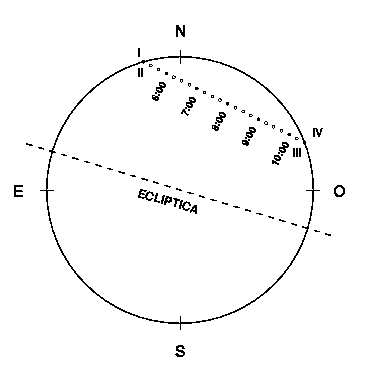
The transit will be visible during all of its phases from across Europe and, in particular, continental Spain. The areas located towards the West of the Iberian Peninsula will miss the first contact of Mercury with the Sun. The height of the Sun above the horizon at first contact will be below 5 degrees in all of the Spanish territory. The total duration of the transit will be slightly over 5 hours and 20 minutes.
In the next table is shown the contact times
| Contact | Instant (TU) |
|---|---|
| Contact I | 05:12:56 |
| Contact II | 05:17:24 |
| Maximum | 07:52:23 |
| Contact III | 10:27:19 |
| Contact IV | 10:31:46 |
All times are in Universal Time (UT), which is equivalent to GMT (add 2 hours to obtain daylight savings Central European Time)
The position angle (angle between the celestial North Pole and the point of contact, measured counterclockwise) is of 16 degrees for the first contact and 291 degrees for the last contact. These angles do not change significantly for the cities listed in the table.
Finally, the visibility map is shown:
